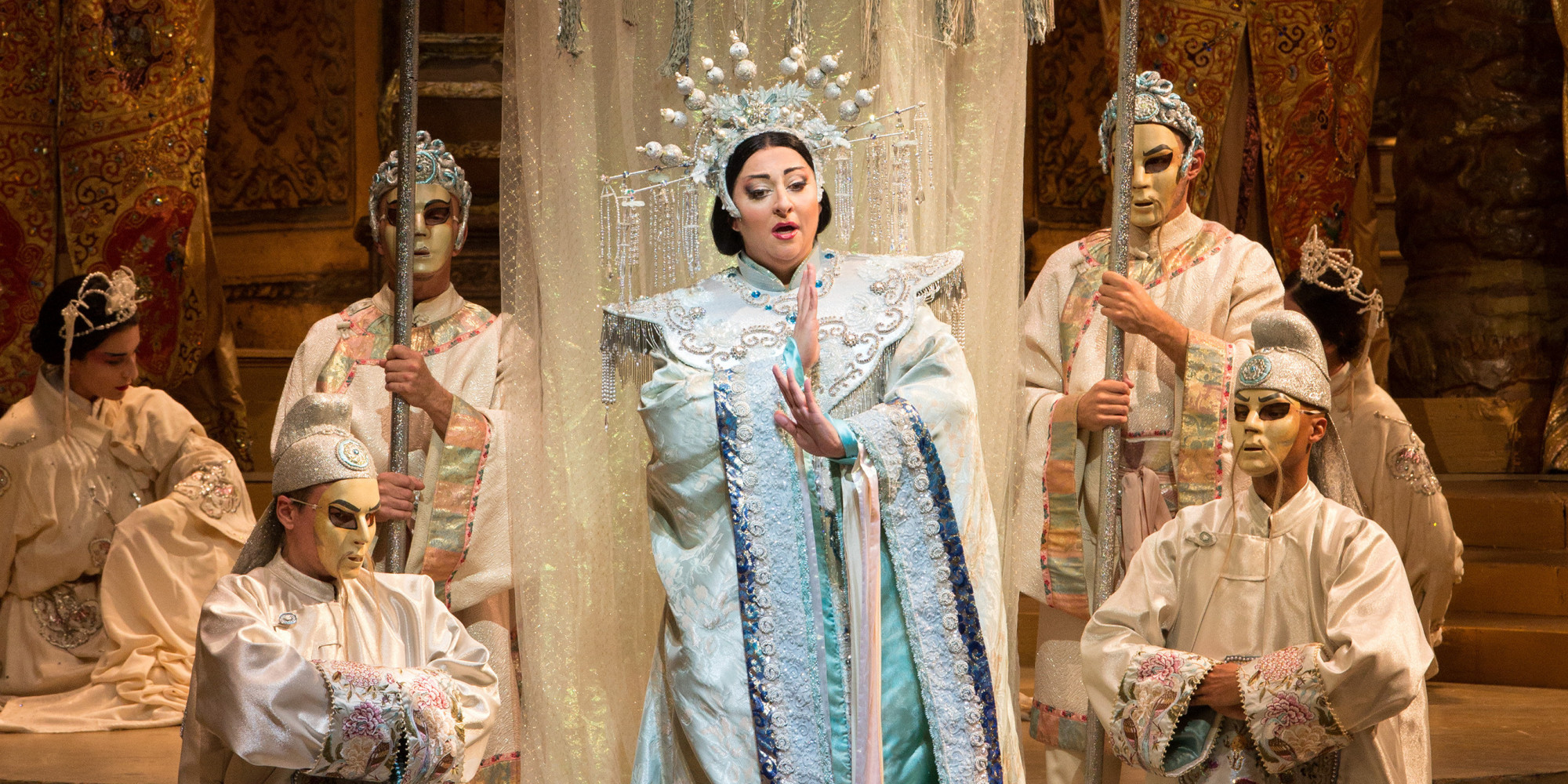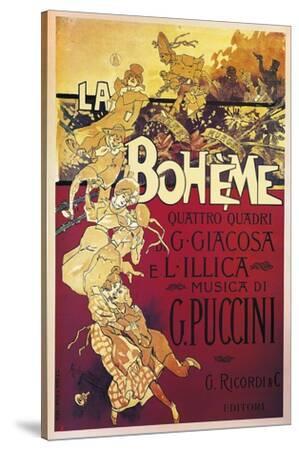

It only takes one look of the painting to send Tosca into a fit of rage.

She questions Mario about his faithfulness and love to her before reminding him of their planned rendezvous later that evening. Tosca is a jealous woman and she takes no effort to hide it. Mario happily greets him and gives him food and drink before quickly pushing him back into hiding as Tosca can be heard approaching the chapel. The two have been friends for quite some time and share similar political beliefs. The escaped prisoner, Angelotti, emerges from his hiding place to speak with Mario. After the sacristan mutters disapproval of the painting, he leaves. As he paints, he takes a small statue of Floria Tosca, a singer and his lover, from his pocket to compare her beauty to that of his painting. Mario has never met Marchesa, but he has seen her about town.

With blonde locks of hair, Mario's painting is based on Angelotti's sister, Marchesa Attavanti. Mario picks up where he left off the day before and resumes painting a picture of Mary Magdalene. After he finds a place to hide within the private Attavanti chapel, an old sacristan appears followed by the painter, Mario Cavaradossi. Jesus instructs us in his Ascension message to finish his work of saving mankind by proclaiming His good news by words and deeds.Inside the church of Sant'Andrea della Valle, an escaped Roman prisoner, Cesare Angelotti, bursts through the doors seeking refuge. Then Toscanini picked up the baton, turned to the audience and, with tears in his eyes, announced, “But his disciples finished his work.” The opera closed to thunderous applause, and to a permanent place in the annals of great works. He stopped the music, put down the baton, turned to the audience, and announced, “Thus far the master wrote, but he died.” There was a long pause no one moved. The opera went beautifully, until Toscanini came to the end of the part written by Puccini. The world premier was performed in La Scala Opera House in Milan in 1926, and Toscanini, Puccini’s favorite student, conducted it. His disciples gathered all that was written of Turandot, studied it in great detail, and then proceeded to write the remainder of the opera. When his sickness worsened, Puccini said to his disciples, “‘If I don’t finish Turandot, I want you to finish it.” He died in 1924, leaving the work unfinished. He worked on the score day and night, despite his friends’ advice to rest, and to save his energy. It was during his battle with terminal cancer in 1922 that he began to write Turandot, which many now consider his best work. The Italian composer Giacomo Puccini wrote La Boheme, Madama Butterfly and Tosca.


 0 kommentar(er)
0 kommentar(er)
